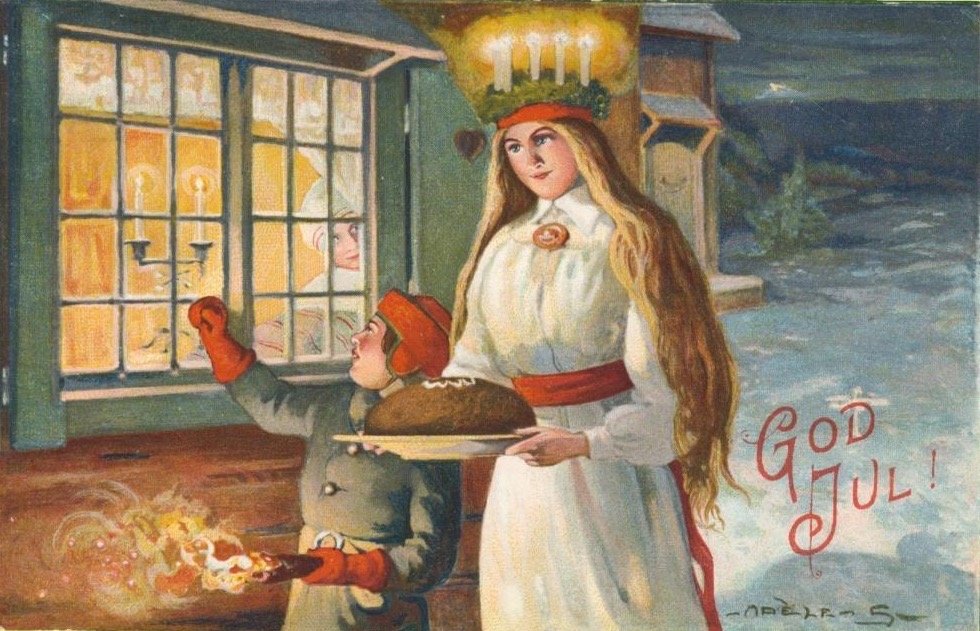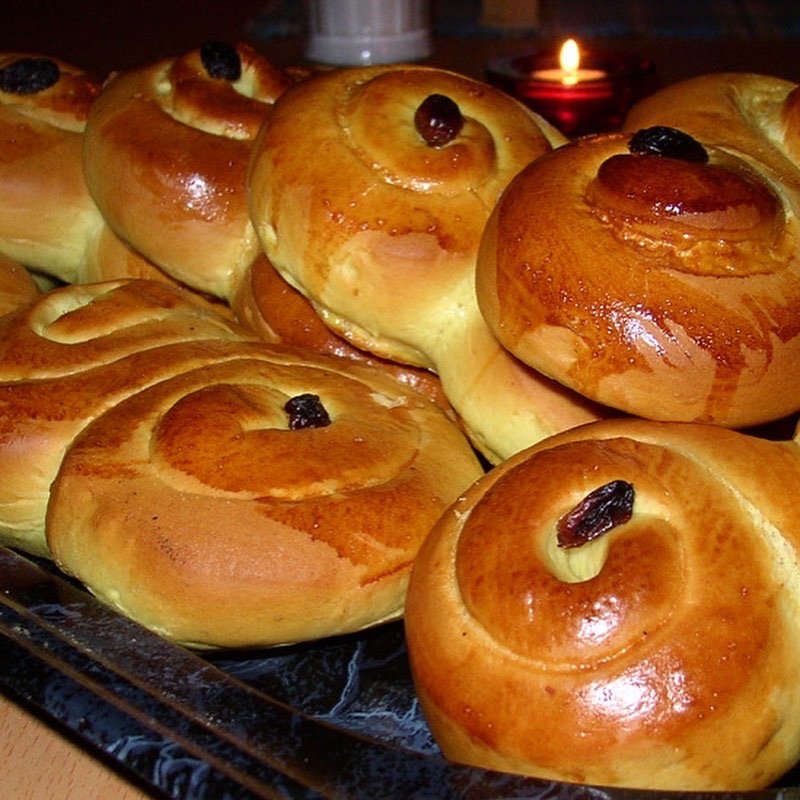Santa Lucia - What’s in a name?
The name Santa Lucia is inspired by St Lucy’s Day observed on 13 December. The festival, observed mostly in Scandinavia and parts of Italy, celebrates Lucia of Syracuse, an early-4th-century saint, who according to legend brought food and aid to Christians hiding in the Roman catacombs, wearing a candle lit wreath on her head to light her way and leave her hands free to carry as much food as possible.
Santa Lucia used to coincide with the shortest day of the year before the adoption of the Gregorian calendar and is widely celebrated as a festival of light. Falling, as it does, within Advent, Santa Lucia is celebrated by some Christians in a way which mirrors the arrival of the Light of Christ in the calendar on Christmas Day
Saint Lucy’s Day is celebrated most widely in Scandinavia, where Lucy is called Santa Lucia, she is represented as a lady in a white dress symbolizing a baptismal robe and a red sash symbolizing the blood of her martyrdom, with a crown or wreath of candles on her head.
In Norway, Denmark, Sweden and Swedish-speaking regions of Finland, as songs are sung, girls dressed as Saint Lucy carry cookies and saffron buns in procession, which symbolizes bringing the Light of Christ into the world's darkness. The celebration of Santa Lucia is said to help you live the winter days with enough light.
When Christian missionaries arrived in Scandinavia to preach to the local population, they brought the story of Saint Lucy with them, and this story of a young girl bringing light in the midst of darkness no doubt held great meaning for people who, in the midst of a North Sea December, were longing for the relief of warmth and light.
Santa Lucia is one of very few saints still celebrated by Nordic people — Danes; Swedes; Finns and Norwegians. It is speculated that the St. Lucy's Day celebrations in Scandinavia may retain a few indigenous Germanic pagan, pre-Christian midwinter elements inherited from Yule. Some of the practices associated with the Feast of Saint Lucy may predate the adoption of Christianity in that region, and like much of Scandinavian folklore is centered on the annual struggle between light and darkness. It is likely that tradition owes its popularity in the Nordic countries to the extreme change in daylight hours between the seasons in this region.
In Scandinavia, Santa Lucia is celebrated on 13 December in a ceremony where a girl is elected to portray Lucia. Wearing a white gown with a red sash and a crown of candles on her head, she walks at the head of a procession of women, each holding a candle. The candles symbolize the fire that refused to take St. Lucy's life when she was sentenced to be burned.
During the Santa Lucia procession, the women sing a Lucia song while entering the room, to the melody of the traditional Neapolitan song Santa Lucia. Each Scandinavian country has lyrics in their native tongues describing the light with which Lucia overcomes the darkness. After finishing this song, the procession sings Christmas carols or more songs about Lucia. A special baked bun, Lussekatt (St. Lucy Bun), made with saffron and in use as early as November and is a very popular Christmas tradition.





